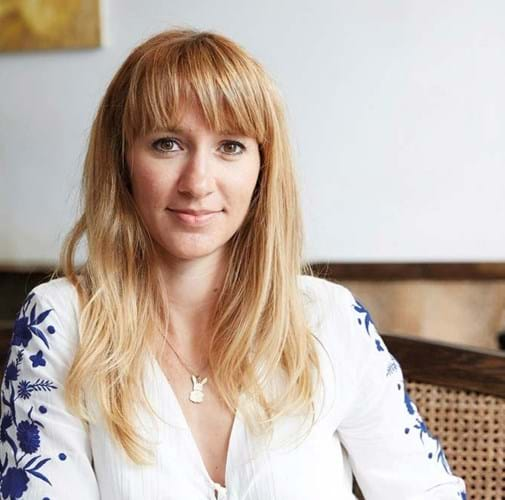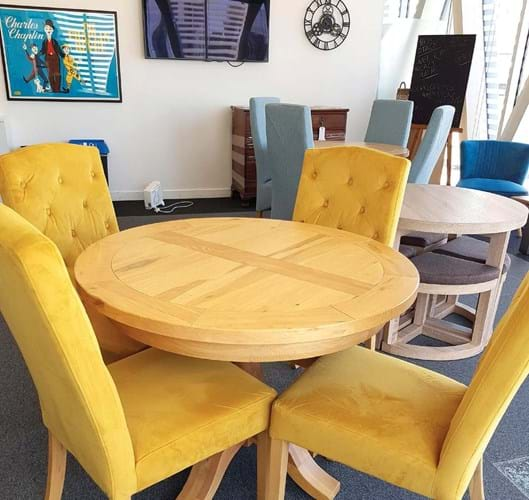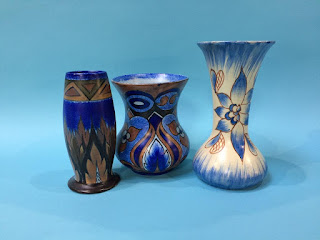Taken from the Antiques Trade Gazette, 26th March Edition
Second-hand and sustainable: A special report from Auction Technology Group
Firms selling second-hand items such as antiques can now quantify the environmental advantages thanks to a new report. They can also improve their competitive edge by auditing and publishing their own green credentials.
Not only did they purchase a highly desirable vintage timepiece made in the late 1980s, it also came with a good history, having been bought at Brookes Jewellers in Llandudno and owned by the same person ever since.
Furthermore, it had an official chronometer certificate, a green wallet with two instruction booklets and its original boxes.
However, all of that was included in the lot description so what was the buyer’s unexpected bonus? The answer is an impressive estimated saving of 0.8 tonnes of carbon emissions compared with buying a new watch.
That data comes from a new report on second-hand purchasing just published by Auction Technology Group (owner of Antiques Trade Gazette). The first formal assessment in more than 10 years to quantify the environmental benefits of buying antique, vintage and second-hand items, the report’s findings provide new insight for buyers and sellers alike.
And there has never been a better time to promote and appreciate the merits of sustainable purchasing. With so many people concerned about climate change and over-use of the planet’s resources, buying second hand goods represents a simple and effective way for both individuals and businesses to be able to take direct action in their every-day activities.
Footprint reduction
It is also an effective one. The annual carbon footprint of a person in the UK is 13 tonnes (which includes all their consumption and travel), so saving almost a tonne in one purchase by buying a second-hand watch is a significant contribution to reducing personal carbon emissions.
The Auction Technology Group research, conducted by independent firm Small World Consulting founded by Mike Berners-Lee, has found notable carbon emissions savings for other second hand purchases often seen at auctions including gemstone rings (0.42 tonnes) and furniture such as sofas (0.56 tonnes), dining tables (0.46 tonnes) and chests of drawers (0.32 tonnes).
This information is particularly welcome at the moment with increasing interest in interiors and design prompted by many people spending more time at home over the past two years and seeking to improve their home furnishings.
Others have moved away from cities (as they no longer need to commute to work) to live in larger countryside premises which they are furnishing with second-hand and period pieces bought at auctions, fairs and dealers’ shops.
As Olivia Lidbury, founder of homes-stories.co.uk, says: “I’ve seen people sharing powerful slogan-type messages on platforms like Instagram, highlighting shocking statistics about how much furniture goes to landfill.
“Antiques are enjoying a huge moment thanks to the cottage core trend, and people are keen to share their unique finds to all their followers, and that’s as much about creating an interior personal to them as it is about shopping sustainably – which often seems to be a happy by-product.”
Recycle, reuse, reupholster
Furniture can also be reupholstered to prolong its life and fit in with a modern home. And it’s even better when second-hand or leftover textiles can be used for this.
With over a decade working in interiors, Jules Haines, founder of Haines Collection, has seen first-hand the high volume of waste the industry creates so she set up her own business with a mission to reduce waste by selling leftover designer fabrics and accessories.
“I established my firm in 2020 to help counter the staggering 400,000 tonnes of homeware textiles that end up in UK landfill each year,” she says.
“Since then, by salvaging and repurposing waste fabrics and furnishings and making them easily available online, we’ve been able to re-home over 14,000 metres of unwanted textiles. We started with rescuing textiles but now also resell wallpaper, cushions, mirrors and lights.”
Vehicles and machinery
The Auction Technology Group report also looked beyond furniture, watches and jewellery to examine a sample of other second-hand items sold in industrial and commercial auctions on its online marketplaces.
For products such as cars, pick-up trucks, industrial machinery and excavators it is important to consider not just the carbon emissions due to their original manufacture but also the emissions resulting from their use. This avoids any notion of ‘greenwashing’ and creates a fair and realistic outcome, particularly as older vehicles and machines tend to be less efficient than new ones.
For antique furniture, of course, in-use emissions are effectively zero and a sturdy second-hand wardrobe could also outlast a new flatpack equivalent by so many years that you might have to buy two modern equivalents over its lifetime, effectively doubling the carbon saving.
Similarly, a watch has no in-use emissions and an occasional service will help prolong its life at an estimated cost of just 12 kilos of CO2, far better than buying a new one.
Rethinking consumption
No wonder consumers and businesses alike are increasingly factoring in a product’s green credentials before deciding whether to buy it.
According to a November 2021 study by First Insight and the Baker Retailing Centre at the Wharton School of the University of Pennsylvania, 75% of consumers aged 25 and under say sustainability is more important than brand name when making a purchasing decision – and they’re not the only ones.
Influenced partly by their children, 67% of people born between 1965 and 1980 – often referred to as ‘Generation X’ – now share the same preference for sustainability over brand.
The First Insight researchers concluded that their findings “point to a seismic shift in sentiment around sustainability purchasing decisions, with significant increases in just two years. When the previous study was conducted in 2019, older generations were not as sustainability-conscious as they are today. The global pandemic caused many to rethink their consumption and its impact on the health of the planet.”
Business credentials
And it is not only the products themselves that consumers are increasingly conscious of, the overall environmental credentials of companies they buy from – and work for – also matter.
In the First Insight/Wharton School study, for example, 67% of the Generation X group prefer to buy from companies that conduct their business sustainably – a figure that has grown almost 24% since the previous survey.
It might be tempting for firms in the art and antiques trade to believe they are too small to matter in this regard when compared with major industrial multinationals. However, by number, small and medium-sized firms in OECD countries represent roughly 99.7% of all businesses and 60% of total employment2.
While their individual own environmental footprint may be small, when aggregated, small and medium sized firms account for up to 70% of industrial pollution in Europe and so collectively their potential for reducing environmental impact is huge.
Using third-party experts, Auction Technology Group completed its first annual greenhouse emissions review last year. Analysing emissions it was directly and indirectly responsible for, it found it emitted 2,187 tonnes of CO2 in its 2021 financial year.
This compares with an estimated more than one million tonnes of carbon emissions saved a year by the purchase of 15 types of item at auctions held on the company’s online marketplaces, a total of almost 600,000 lots representing just 6% of all lots sold.
2 Koirala, S. (2019), SMEs: Key drivers of green and inclusive growth, OECD Green Growth Papers, No. 2019/03, OECD Publishing, Paris.




















































